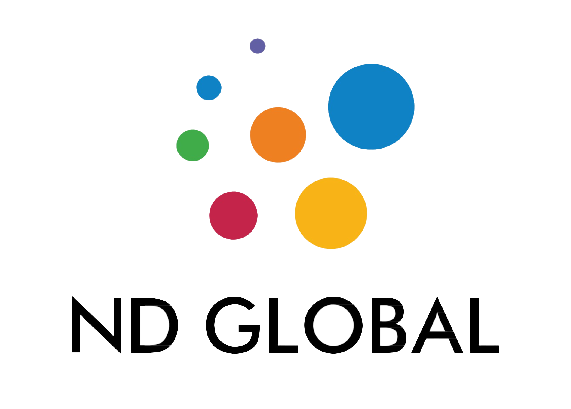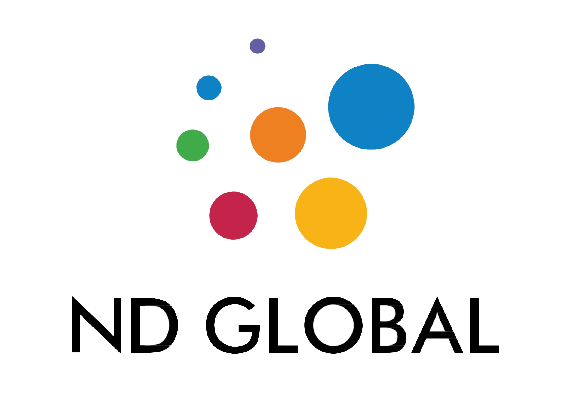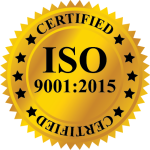Introduction
The healthcare industry is the backbone of society, ensuring the well-being of millions. However, one of the most pressing challenges it faces is staffing. With increasing demand for healthcare services, the industry needs a streamlined, efficient, and reliable staffing process. Revolutionizing healthcare staffing is not just about filling vacancies; it’s about connecting the right talent with the right opportunities to enhance patient care and improve overall efficiency.
The Current State of Healthcare Staffing
Healthcare staffing has long been a complex and dynamic challenge. The demand for skilled professionals continues to rise due to an aging population, advancements in medical technology, and unforeseen global health crises such as the COVID-19 pandemic. However, the supply of healthcare professionals has not kept pace, leading to staffing shortages, burnout, and inefficiencies in healthcare delivery.
Traditional staffing methods often involve lengthy recruitment processes, high turnover rates, and mismatches between healthcare facilities and professionals. These inefficiencies can negatively impact patient care, increase operational costs, and reduce overall job satisfaction for healthcare workers.
Challenges in Healthcare Staffing
- Shortage of Qualified Professionals The demand for healthcare professionals, especially nurses, physicians, and specialists, surpasses the available workforce. This gap creates excessive workloads for existing staff, leading to burnout and higher attrition rates.
- High Turnover Rates Many healthcare professionals experience job dissatisfaction due to heavy workloads, long hours, and stressful environments. This results in frequent job changes, making staffing continuity a significant challenge for hospitals and clinics.
- Administrative Burden The traditional hiring process involves a great deal of paperwork, credential verification, and background checks, which can be time-consuming and resource-intensive.
- Mismatched Staffing Often, healthcare professionals are placed in roles that do not fully align with their skills and expertise. This mismatch can affect job performance, morale, and patient outcomes.
- Seasonal and Crisis-Related Demand Healthcare facilities often face seasonal spikes in demand, such as flu seasons or emergencies like pandemics. Traditional staffing models struggle to adapt quickly to these fluctuations.
How Technology is Transforming Healthcare Staffing
To address these challenges, technology-driven solutions are revolutionizing the healthcare staffing industry. Digital platforms, artificial intelligence (AI), and data analytics are enabling a more efficient, flexible, and transparent approach to hiring healthcare professionals.
- AI-Powered Matching Systems AI-driven algorithms can analyze qualifications, experience, and preferences to match healthcare professionals with the most suitable job opportunities. This reduces mismatched placements and enhances job satisfaction.
- On-Demand Staffing Platforms Just like ride-sharing apps connect drivers with passengers, healthcare staffing platforms connect professionals with healthcare facilities in real time. This allows for quick and flexible staffing solutions, particularly useful during emergencies.
- Credentialing and Compliance Automation Digital verification systems can automate background checks, licensing verifications, and compliance documentation, reducing the time and effort required for onboarding new hires.
- Remote and Telehealth Staffing The rise of telehealth has opened new opportunities for remote healthcare professionals. Physicians, nurses, and mental health professionals can now provide care from different locations, reducing geographical staffing challenges.
- Data-Driven Workforce Planning Advanced data analytics can help healthcare organizations forecast staffing needs based on patient volumes, historical data, and seasonal trends. This proactive approach ensures optimal staffing levels at all times.
The Role of Healthcare Staffing Agencies
Healthcare staffing agencies play a crucial role in bridging the gap between employers and job seekers. These agencies specialize in sourcing, vetting, and placing healthcare professionals in appropriate roles. Their services include:
- Temporary and Travel Staffing: Providing short-term staffing solutions for hospitals and clinics experiencing staff shortages.
- Permanent Placements: Assisting healthcare facilities in finding full-time professionals who fit their long-term needs.
- Locum Tenens Staffing: Offering temporary physician and specialist coverage to ensure continuous patient care.
- International Recruitment: Connecting global healthcare professionals with job opportunities in different countries, addressing local shortages.
Best Practices for Effective Healthcare Staffing
- Focusing on Employee Satisfaction and Retention Ensuring competitive salaries, professional growth opportunities, and a supportive work environment can reduce turnover rates and improve employee retention.
- Investing in Continuous Training Providing regular training programs helps healthcare professionals stay updated with the latest medical advancements, improving both job satisfaction and patient care.
- Utilizing Flexible Staffing Models Implementing flexible scheduling, telehealth opportunities, and part-time roles can attract more professionals to the industry and improve work-life balance.
- Strengthening Employer Branding Healthcare organizations that build a strong employer brand attract more talent. This includes promoting workplace culture, employee benefits, and career growth opportunities.
- Leveraging Technology for Recruitment Implementing AI-based recruitment software, digital onboarding, and mobile-friendly job portals enhances efficiency and improves candidate experience.
Conclusion
Revolutionizing healthcare staffing is essential for ensuring high-quality patient care, reducing burnout among healthcare professionals, and optimizing operational efficiency in medical institutions. By embracing technology, adopting flexible staffing models, and prioritizing employee well-being, the healthcare industry can overcome staffing challenges and create a more sustainable future. The key lies in connecting talent with care—ensuring that the right professionals are in the right place at the right time to make a meaningful impact in healthcare.










